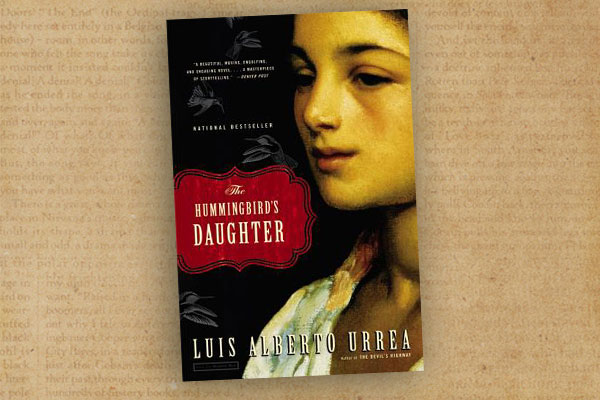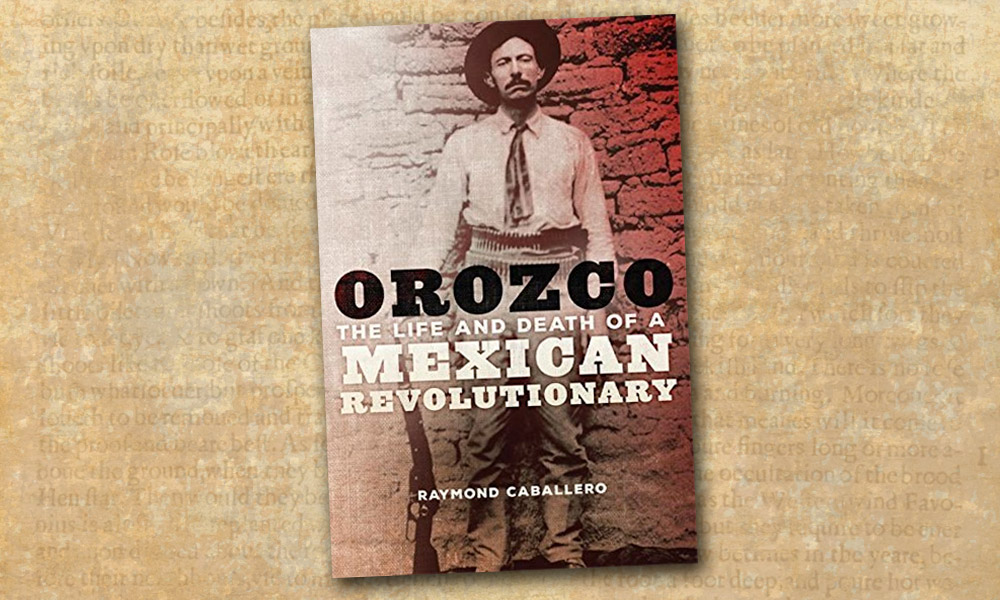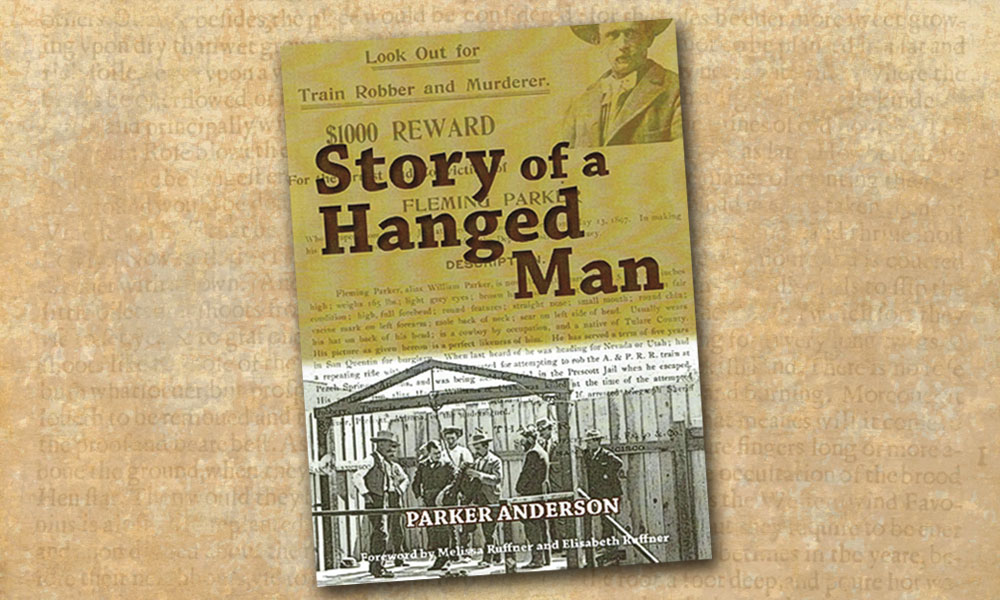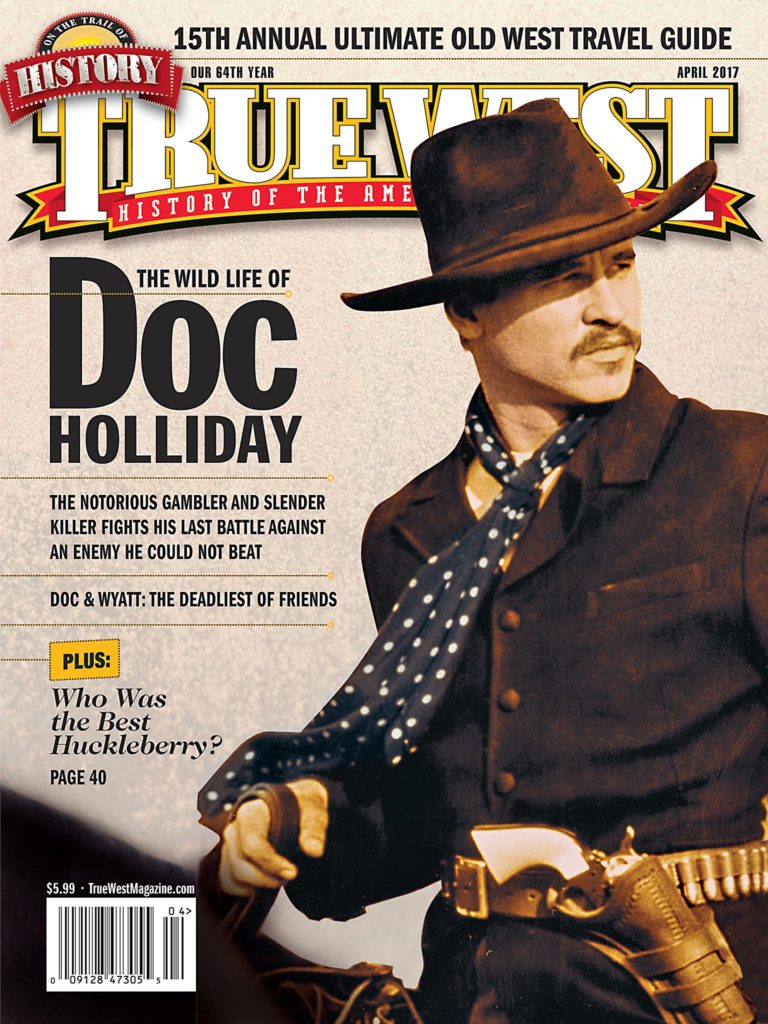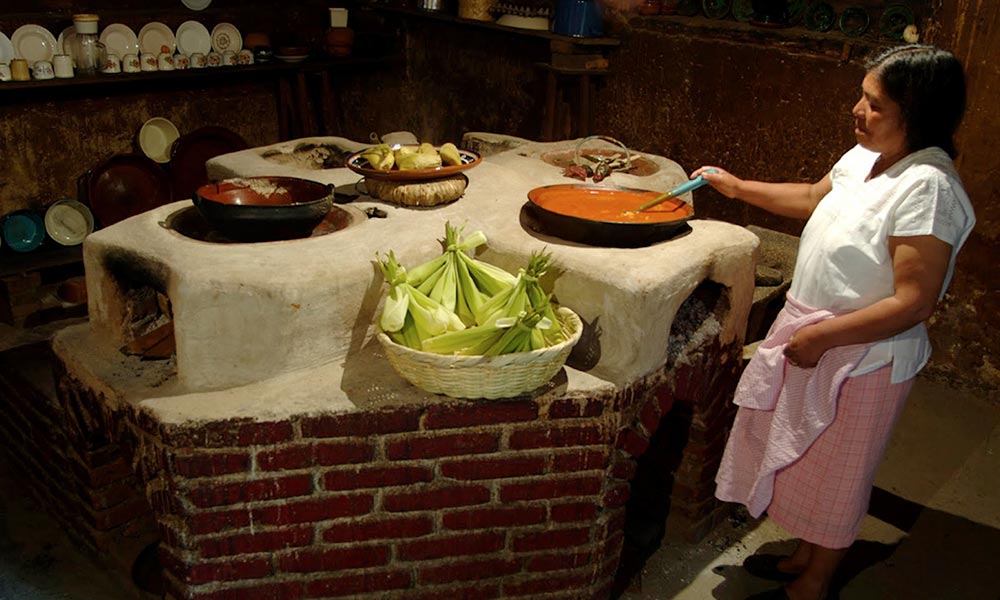
“The cultural influences of Spaniards and Mexicans were indelibly printed on Arizona long before territorial times,” notes Daphne Overstreet in her Arizona Territory Cookbook, 1864-1912. She recalls the envy of army wife Martha Summerhayes, for both the clothing and the kitchens of her Mexican neighbors. While Martha sweltered in her high-necked, long-sleeved white dress, Mexican women wore a low-necked, short-sleeved linen blouse over a calico skirt—always looking so much cooler and comfortable. And while Martha felt compelled to keep up the “table in American fashion” and to eat American food, she added this: “How I wish I had no silver, no table linen, no china and could adopt the customs of my neighbors.”
By the time Martha arrived in 1875, Mexican food and one particular Mexican cook, were already famous—Dona Rosa of the Pete Kitchen Ranch near Nogales. She was Pete’s wife, and it’s said she loved to cook and found any excuse for a fiesta. As one traveler wrote, “If food were not already on the fire, some of the women set about the preparations of the savory and spicy stews for which the Mexicans are deservedly famous, and other kneaded the dough and patted into shape the paper-thin tortillas which which to eat the juicy frijoles or dip up the tempting chili colorado.” In the 1880s, when the Kitchens sold their ranch, “Dona Rosa gave a farewell party that would never be forgotten,” Overstreet reports. It took three days to prepare all the food for the expected guests from all over the Santa Cruz Valley, from Tucson, Tubac, Calabasas and Nogales. “Mountains of tortilla were made, turkeys, hogs, and chickens were roasted and dozens of small cakes with colored icing were lovingly prepared. When the big day arrived, wagons and buckboards clogged the roadway. Everyone was going to the fiesta, to dance, to sing, and to sit by the outdoor bonfires and feast at the tables sagging with the weight of the food.”
A recipe from Lucy DeSenz for “Cazuela (Stewed Jerky)” includes this note: “All Mexican housewives have two stones to pound the jerky. Usually these are selected from stream beds. Both must be smooth. One is round or oval and about fist size for pounding. The other is larger and heavier with a flat top on which to place the jerky to be pounded.” Here is her recipe:
Soak 2 pounds beef jerky in water for 15 minutes. Pound jerky to separate fiber and to fluff the meat. Peel and dice 2 medium potatoes in 1-inch cubes. Fry ¼ cup chopped green onions, ½ cup chopped green chilis, 1 cup chopped fresh tomatoes and 1/3 cup chopped cilantro in 2 teaspoons lard. Add beef, 1 clove garlic, 1 teaspoon oregano and 1 teaspoon flour. Add 8 cups water and salt to taste. Bring to a boil and simmer about 20 minutes. Serves 6 to 8.


